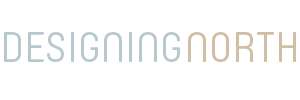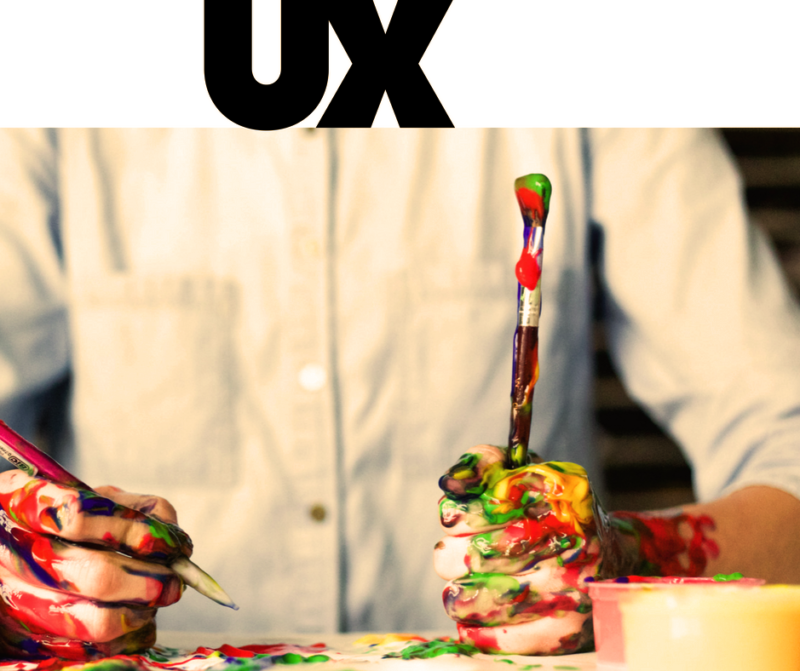Nobody wants to be called a user. In grade school, that meant you only pretended to be friends with Tina because you really liked Amy. User. In high school, when your mom found Jack’s badly rolled joint in your jeans pocket on a pre-wash inspection, she freaked. Oh my gosh honey, are you a user!? But once you found yourself in the digital design world, the seemingly unsophisticated and often maligned moniker ‘user’ took on a more positive mantle. In fact, it opened the door to thought-provoking conversations about design, experience, and the joy that is felt as people interact with something that is well-designed. More recently, it’s being treated as an undesirable label again, attributed to a form of rather careless behavior on the part of the digital labeler: Oh no, we shan’t call them ‘users’.
Sigh. I think we’re going to have to toughen up. The practice of UX (User Experience) in its classical sense, demands a conceptual context with a blend of human factors and ergonomics that without a doubt, needs a user. Co-founder of the UK-based agency Clearleft, Andy Budd, recently participated in a lengthy and enlightening interview with Digital Arts that thoroughly covered his take on the biggest morphisms in UX; much of which relates back to the term ‘user’ and its unique meaning for the niche specialists who use it as a part of their profession. Andy illuminates the classic UX designer role while educating his audience on the murky waters surrounding title confusion within the field of digital design.
Watch the full interview here: Digital Arts UK | UX in 2016: An in-depth discussion of today’s big issues with Clearleft’s Andy Budd
We can’t all possibly be UX designers can we?
Over the past five or six years an interesting shift has taken place within the digital design market that has resulted in mass confusion among the greater industry. This includes clients of design firms, employees within these firms, as well as new professionals who are seeking to join the industry in their career search. As Andy points out in the interview, this shift in professional title and qualification is simply a result of supply and demand. As demand grew rapidly for classic UX designers, supply couldn’t keep up, leaving prime opportunities on the table for other designers who have similar skill sets. In theory, a niche group suddenly opened its door for others to join the cool kids.
Before we share any further insight from Andy Buddy, let’s quickly cover the core competencies that make a UX designer such a commodity in the first place:
- Interaction Design
- Design Research
- Information Architecture
- UX Strategy
Many industry professionals fail to recognize that UX design is more scientific theory with well over 20 years of practice behind its title. In fact, the UX community should be looked at as a body of knowledge in its own right that is approached with well tested theory and dedicated practice.
If we go back to Andy’s point on not seeing enough initial supply in order to fulfill the demand for classic UX designers, we can understand why it was fairly easy for other skilled designers from slightly different disciplines to fill the void. From a client’s perspective, it’s not easy to differentiate between all high level designers while identifying exactly what expertise they need for their project. This explains why a large number of predominately visual designers (or UI designers) have filled the gap in supply and demand with a quick transition into the UX field. They may be talented within their area of expertise, but that’s simply not an automatic qualifier for the UX title, and the same goes for all speciality design fields.
UI designers are often experts in:
- Visual Design
- Interaction Design
- Experience Design
In addition they commonly follow the mindset of:
I designed an experience, I then designed a thing, so I must be a UX designer. Andy understands this reasoning but proves that it’s a bit misleading as he explains, “I believe you can’t design an experience. You can only try, and that it is much more of “a layered practice” with lots of practitioners adding to that experience.” We believe the same. You can’t design an experience, but you can design strategic paths for it to unfold. We can see first-hand that this idea of everyone being able to call themselves a UX designer is causing the strategic approach of design to be overlooked and possibly even archived for some unknowing clients. For a large pool of clients who understandably don’t know exactly what kind of ‘U’ or ‘X’ or ‘D’ they should be looking for, they may be finding talented individuals, but might not be finding the best tool for the task at hand.
The simple truth is that you need specialists when you are building complicated things. Andy Buddy said it best, “If everyone is responsible for everything, nobody is responsible for anything.” So lets keep it straight, UX design is not experience design (XD). A classic UX designer taps into the human factors discipline to understand interaction, can analyze your business problem, employs research-based design practices, knows how to structure content, and will strategize your customer journey before any visual designer should even hit the sketch pad. Experience design is broader. It’s what designers want users to feel when they interact with a brand across all its various touch points, beyond digital. It’s the layer of intuition and visualization atop a solid foundation that gets uncovered as the entire design team does its strategic thinking (or discovery). A design team will all be solving the same client problem, but will be doing so from different perspectives and much different lenses. Super key! You wouldn’t use a telephoto zoom lens for a portrait photo shoot unless of course you found out your client was selling the next great acne cream. Then, only your visual designer might insist on real proof and switch up the lens.
No one tool will ever do everything that you need, and the more often companies chase this dream of the multi-acronym designer saving the day, the further down the rabbit hole they will fall. Moving into the future, Andy expresses that designers need to consider themselves as a toolbox. A toolbox full of skills clearly knows what it can do best, but also knows that it may need to collaborate and learn before embarking on complex digital projects.
It’s quite interesting to watch the digital design industry burst at the seams with professionals, cringe as the acronyms morph, and sigh as the term ‘user’ gets dropped from many UX conversations. We get it. The subject of UX is a confusing topic and it doesn’t show signs of simplifying anytime soon. Whether the term ‘user’ is considered impersonal, not representative of a project’s defined persona, or even feels a little drug-den-ish or mean, it’s still an integral front-end component to the Experience Designer title if that’s what one is really practicing. In some disciplines, redefining titles to better align with a more familiar subject is appropriate (like, vice-president of people vs. vice president of human resources) but that’s not the case in this design realm. In a way, removing the U from UX would be comparable to asking a chef to make your favorite meal without him inquiring as to the name of your dish, or at least some hints on a food group. Or better yet, it’s like Jack’s joint getting that whirl in the washing machine: Mom didn’t do her usual ‘research‘ and just wanted your jeans to ‘look and feel‘ pretty.
As the industry moves forward, it’s vital that rising design leaders receive broad exposure to all the various lenses and mindsets of UI, UX, XD, IxD, et al. In doing so, they will be better suited to bring the right mix of design minds to the table while trying to create a collaborative environment and strategic approach for client projects. With so many X’s in our world it’s not shocking that the classic discipline of UX has been misrepresented through title confusion and task semantics. Regardless, the interesting evidence in throwing around the UX term so liberally is somewhat indicative that more and more clients and designers are recognizing that digital projects are indeed complex and strategic exercises: touching all aspects of a client’s business ( marketing, sales, customer service, IT, HR, etc.) Digital agencies like us understand that no longer are we in the website design business. We are in the crafting customer journeys business. And like so many of us operating in our own dark den somewhere: we all need the user.


